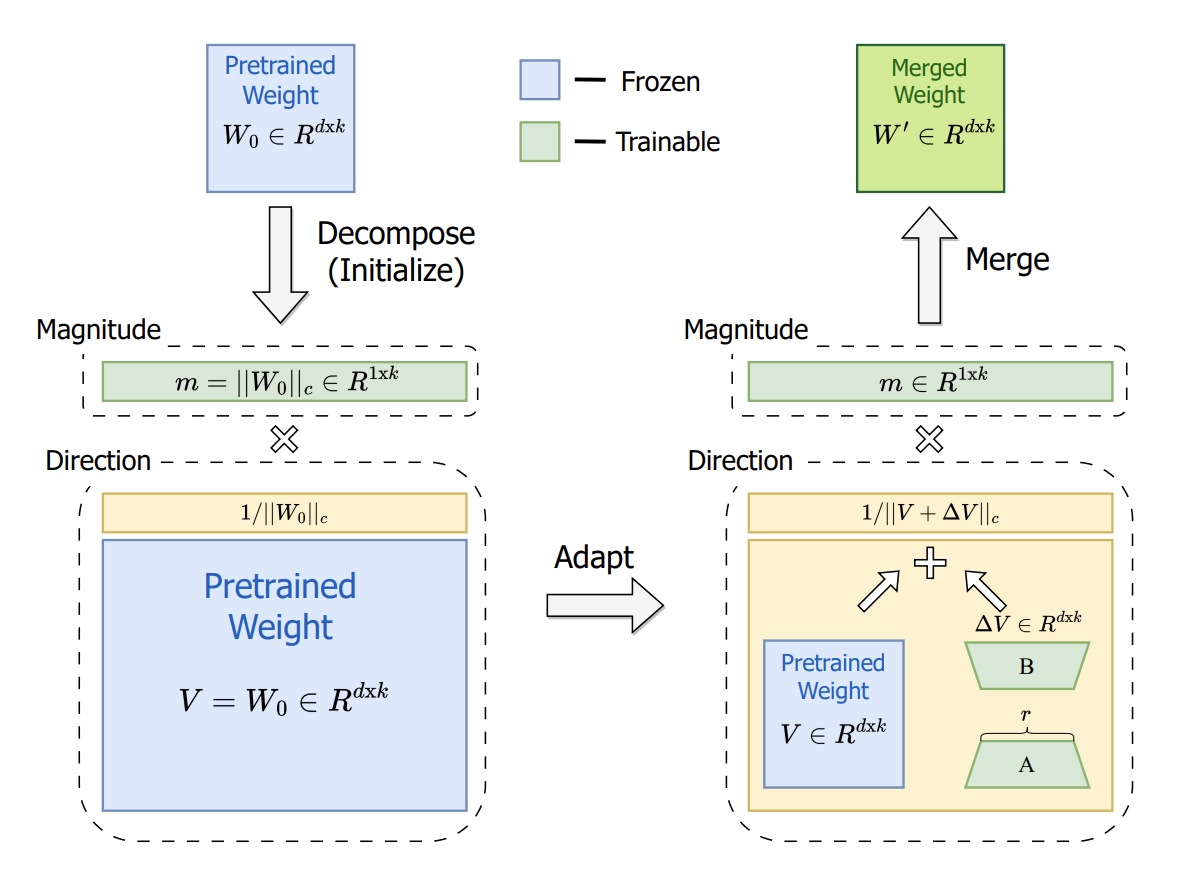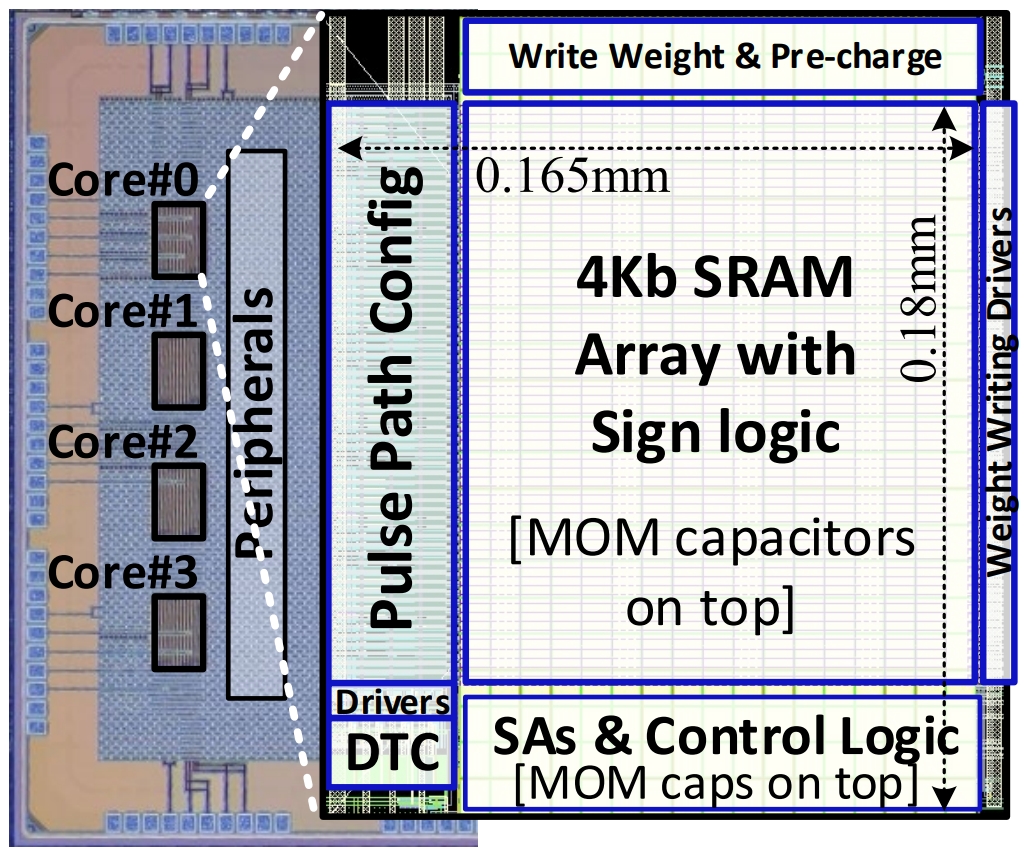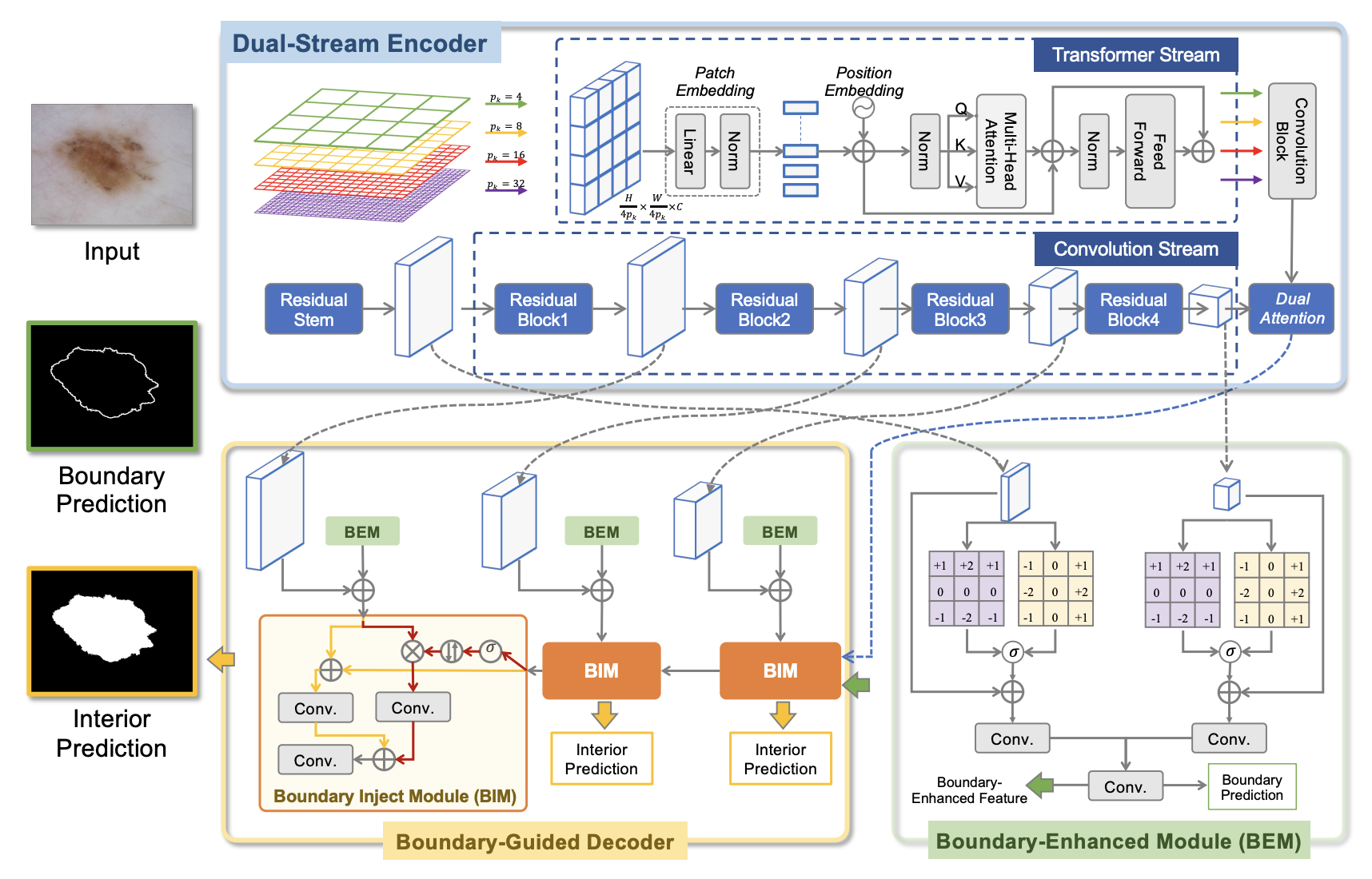Research
In our unified software and hardware co-design framework, efficient AI algorithms, efficient AI hardware, and AI applications work together to enable efficient and effective AI processing. Efficient AI algorithms are designed for specific computer vision and vision-language tasks, while efficient AI hardware is designed for high-performance. These two components are integrated through a software and hardware co-design, forming a complete AI system with the advantage of energy-efficient training and inference. AI applications are specific use cases that leverage the jointly designed and deployed algorithms and hardware to perform their tasks efficiently and effectively.

Despite the outstanding performance of deep learning models in both natural language and computer vision tasks, the large model size, high memory and computational requirements have increased the demand for efficient deployment. To tackle these hurdles head-on, model compression, tiny machine learning, and software-hardware co-design methods are studied in the community for better training and inferenece efficiency.

In the realm of AI hardware, the design of specialized AI chips through hardware-software co-design is crucial. This strategy optimizes neural networks (NN) within specific hardware constraints while tailoring hardware architectures to accommodate the unique characteristics of compressed NNs, achieving synergistic optimization. Furthermore, emerging technologies such as SRAM and ReRAM-based compute-in-memory are pivotal in reducing energy consumption. They dismantle the traditional barriers between computation units and memory, markedly enhancing both speed and energy efficiency.

Efficient AI applications centered around vision play a crucial role in real-life scenarios, enabling real-time processing of camera signals and providing valuable insights for decision making. Practical applications include urban street scenes, clinical medical imaging, and human behavior monitoring.